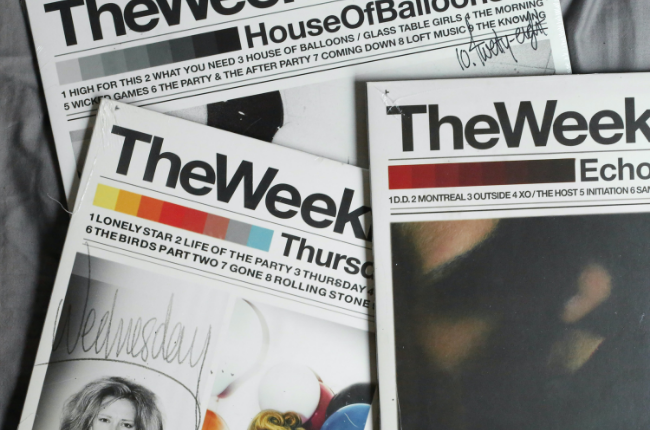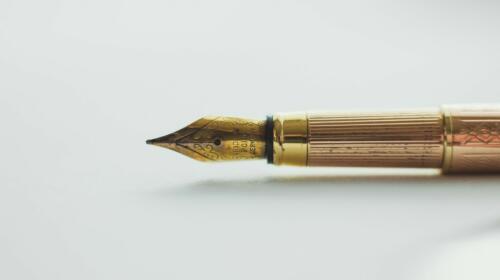In public relations, it’s important to make engaging interactions with journalists seamless, especially when you’re interested in connecting with your target audience and securing earned media coverage. In order to do this and earn press coverage, you need to learn the answer to the age-old question, “what is a press kit?” Press kits are an essential PR basic that provides journalists with easy to digest information about a company, brand or person in one place, making it easier for journalists to then cover your story.

Related: How To Improve Your PR Writing
So What Is a Press Kit?
A press kit, or media kit, is a package of promotional material from industry professionals that is shared with the media to accompany an announcement, product launch or event. Examples include promoting products for the holidays, announcements of new CEOs for a variety of organizations and special conferences. In addition to making your press kits engaging and informative, great press kits help companies with strengthening their credibility. Beyond just the announcement, the press release can include in-depth information about your company, services as well as accomplishments that help your brand stand out from the competition. The more detailed the information, the better received your press kits will be with others. Credibility grows when you establish positive professional relationships, especially with journalists and the media. Maintaining these strong connections can lead to wonderful PR opportunities. An effective press kit compiles relevant media materials, like photographs, documents and other key information, to inform the media quickly and easily, but what’s inside a press kit can vary based on the target media and the event. Be sure to review with your team that everything in the press kit makes sense to include for the journalist, and not feature information or items that distracts from the focus of your package. You will want to review with your team how to make a press kit worthy of journalist’s attention. No one wants to look at press kits that are dry and risks losing the attention of writers. You will want to include press kit essentials, and find a balance of being informative and engaging.
The Essentials of a Press Kit
Although the content of a press kit can vary for PR professionals, it should contain plenty of useful information that will effectively supplement a story. For example, if a journalist is covering a company’s executive team, the press kit should include quality headshots and in-depth descriptions of the executives or attributed quotes. Press kits should also include a press release, fact sheets about products or services, a boilerplate, logos, visually appealing images, contact information, social media links and videos, if applicable to the story. It should serve as a reference point for the brand and the key messages of the company. The goal is to make research and writing as easy as possible for the journalist. If you send press kits with similar company information, be sure to regularly check if all of your items are up to date. It can be embarrassing to send a dated logo or video that no longer applies to your organization.
The Press Kit Evolution
As the media industry and press coverage have evolved over the years, so has the press kit. The traditional press kit has evolved digitally to include press materials, such as a brand’s pdf files, videos, company websites, online newsroom and web pages. Using a digital press kit, which can be viewed online or shared as a PDF, ensures information can be shared and stored easily and updated at any time. Digital press kits are used throughout all facets of public relations to inform the media.
For example, an electronic press kit, or EPK, is used in the music industry to promote musical acts to agents, promoters, venues, reporters, etc. EPKs include videos of performances, interviews, bios, images, press releases as well as previous media coverage. A digital media kit can be adapted to any channel of communication which is why they’ve grown in popularity, but physical press kits are still a great way to share information with journalists and the media. A physical press kit contains some of the same material as digital press kits — fact sheets, contact information, headshots and descriptions, images and promotional material — but they also allow journalists to experience your product or service before writing about it. Physical press kits can be personalized and creative, which is essential for securing coverage.
How To Build a Press Kit
When industry professionals are building a press kit, including a digital press release kit, it’s important to identify the brand image, key messages and how the content will represent the brand. A key factor to your media relations strategy, each piece of the press materials, from the images and videos to the press release and business cards, contributes to the journalist’s impression of the brand and, consequently, their readers. In addition to the theme and concept for the press kit, digital or physically, you should put yourself in the journalist’s shoes to ensure all the information they need to write a story is included and accessible.
Need help getting your company press kit off the ground? Secure top media coverage with our PR specialists and talk to us today!



